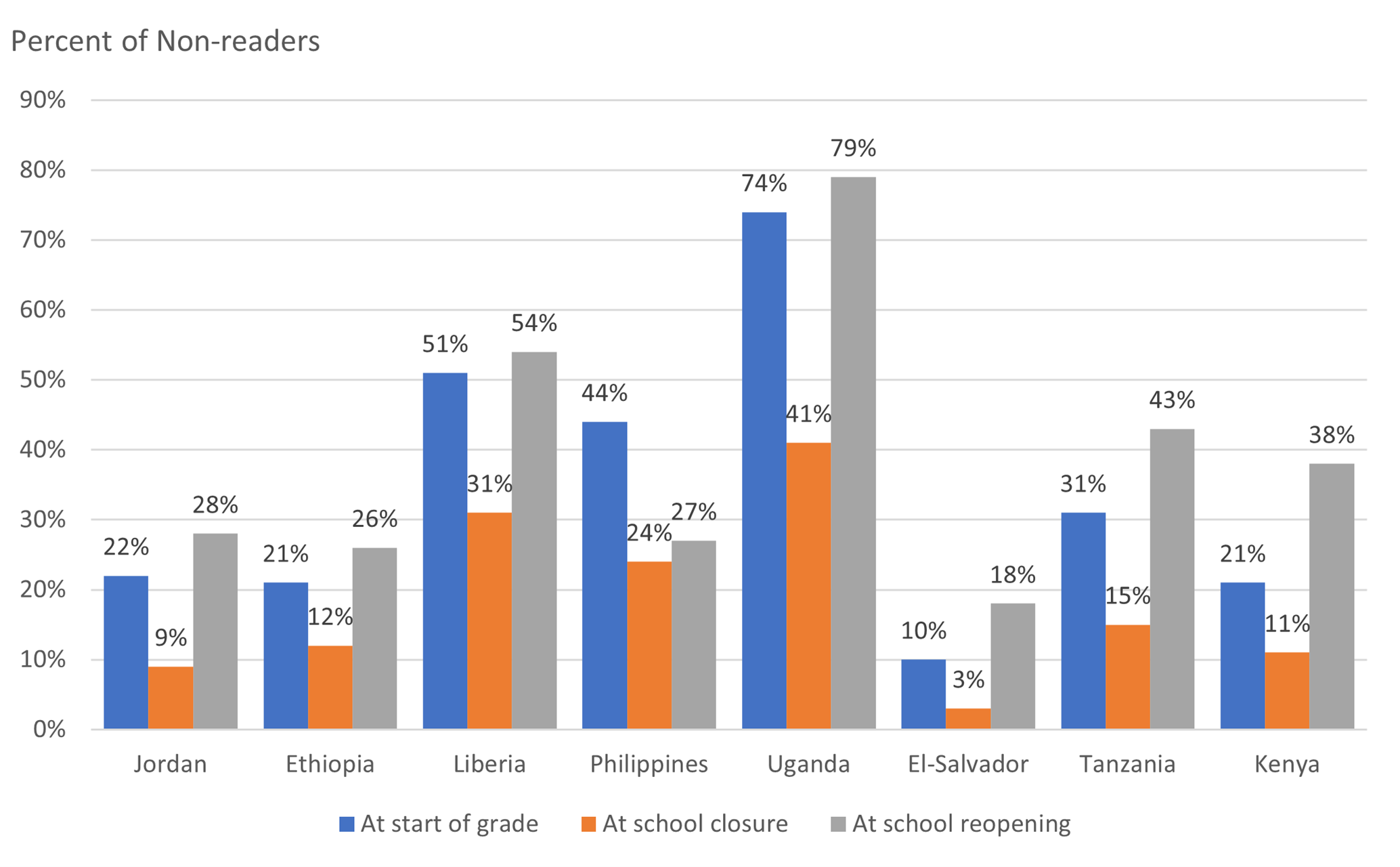Welcome to 2021 — one month in and it has already been an action-packed year! In case you missed it, please encourage girls’ education leaders to apply for the 2021 cohort of Echidna Global Scholars at the Brookings Institution. Application deadline is February 19th.
For a dose of inspiration, be sure to watch the swearing in of America’s first female, first black, and first Asian vice president through the eyes of girls. And listen to National Youth Poet Laureate Amanda Gorman recite her poem, The Hill We Climb:
“For there is always light,
if only we’re brave enough to see it.
If only we’re brave enough to be it.”
Can we expect the U.S.’s role in development to change under the new administration? What can we expect regarding COVID-19 vaccine distribution around the world? Current projections suggest that 9 out of 10 people in poor countries are set to miss out on COVID-19 vaccine this year. The slower rollout could, in turn, impact school reopenings and outcomes. Meanwhile, the new South Africa strain has launched a deadlier surge on the continent.
Back to school!
As we move through this year, more and more school systems have begun welcoming children back into the classroom. Data from 101 countries suggests that it is possible to reopen schools while protecting health and the economy. Countries that have most successfully minimized learning loss have done so with strong political will and community engagement to get children back into school.
Unfortunately, as schools reopen, not all children are returning: in Kenya, thousands of learners failed to report back; in Namibia, 30,000 children remain out of school and 3,600 girls got pregnant (twice the number in 2019); in India, experts fear severe consequences of prolonged school closures. Recent data from Save the Children suggests children in urban areas may be worse affected than their rural counterparts.
Simulations by the World Bank suggest that COVID-related school closures could plunge an additional 72 million primary-school-age children into learning poverty — meaning 10% more children than before COVID will be unable to read with comprehension or be out of school entirely. Estimates from RTI suggest that when students go back to school, they will not be able to read as well as they could last March when schools closed down. Furthermore, the gap between the lowest and highest performing students will be even wider than before. Teachers cannot pick up where they left off; they will need to provide remedial support for students to catch up. And they will probably need to move more slowly through the curriculum than usual to account for the significant and continued impact of COVID on student and teacher wellbeing.

So, what can we draw on to get students (especially girls) back into school and thriving again? Research from the Population Council reminds us that many COVID challenges are exacerbations of pre-existing challenges for girls’ education, including economic distress and gaps in good pedagogy. We can draw on existing research catalogued in the Evidence for Gender and Education Resource (EGER) to solve some of these challenges. Co-directors at the Center for Universal Education also offer a hopeful view of six trends and strategies we can take from 2020 into this new year of re-opened schools: greater student agency, more parental engagement, education allies from outside the school, harnessing education tech, better emergency preparedness, and greater public support for teachers.
Keep an eye on the Center for Global Development’s new COVID-19 Gender and Development Initiative for research on the gendered dimensions of COVID-19 to promote equality through recovery.
In non-COVID-specific news…
Depressingly, a study on Gender Bias in Assessments of Teacher Performance found that principals are less likely to rate female teachers as effective even though they are objectively better at improving student learning results.”Principals assess the least effective male teacher as more effective than the most objectively effective female teacher.”
More encouragingly, a Systematic Review of 30 studies on preventing child marriage found that supporting “girls’ schooling through cash or in-kind transfers show the clearest pattern of success in preventing child marriage, with 8 of 10 medium-high quality studies showing positive results.” A more limited number of studies (5) also suggested positive results of targeted life skills and livelihoods training. Interestingly, multicomponent interventions were both less successful in impacting child marriage and less likely to be scaled and sustained.
And finally, for fun, take some time to learn more about just how unique the echidna (the animal, not the organization!) is from the comprehensive mapping of its genome.
